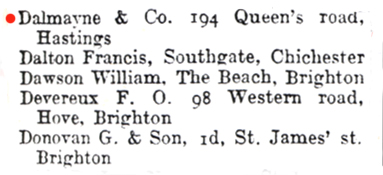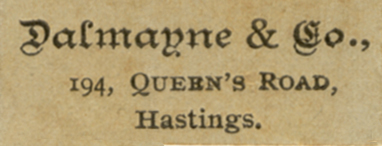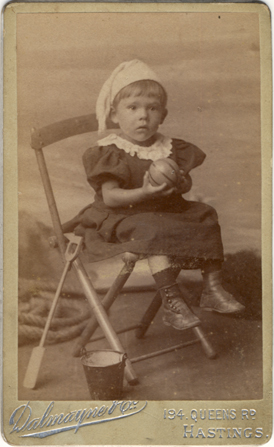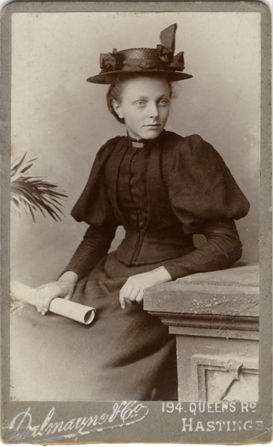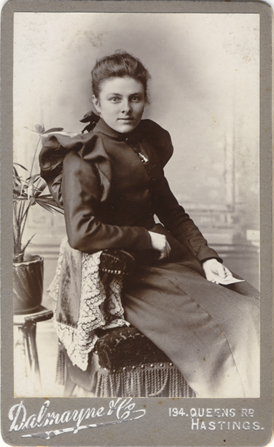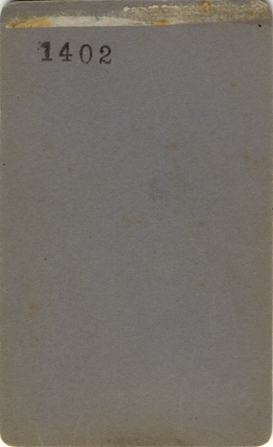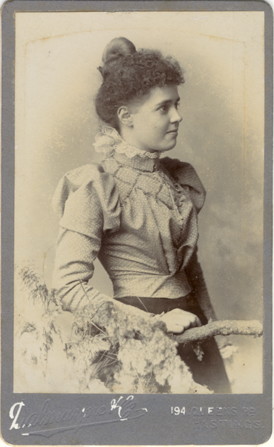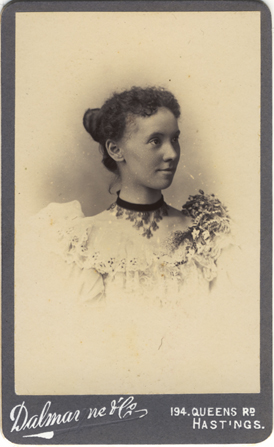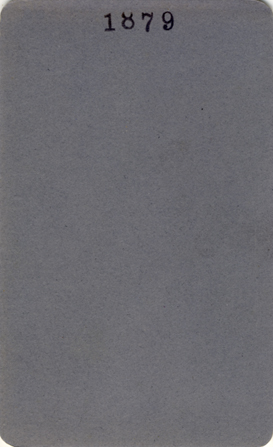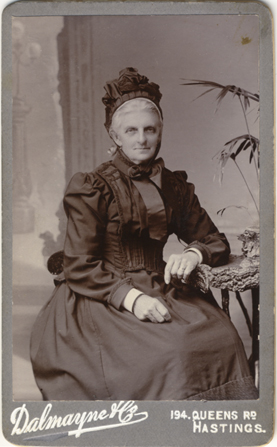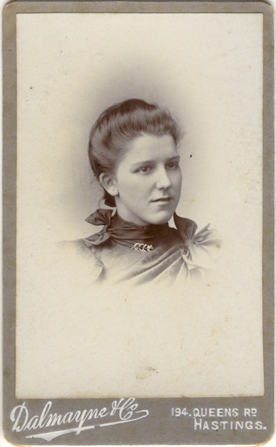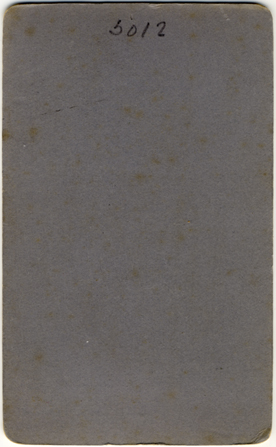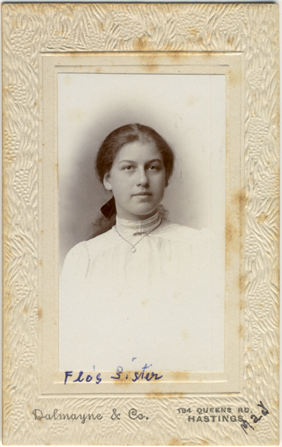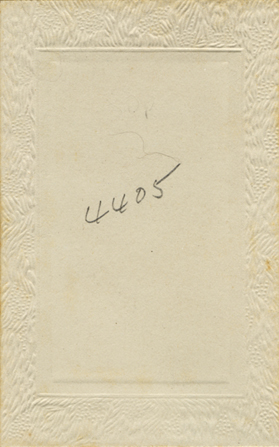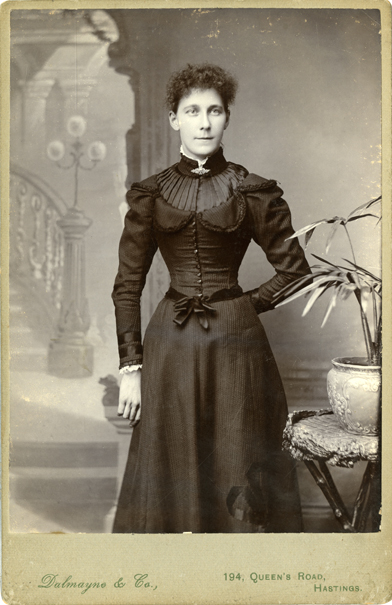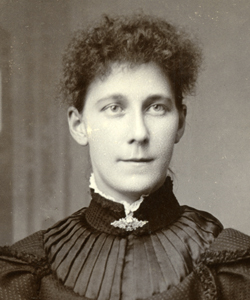|
|
|
|||
|
Dalmayne & Company of Hastings Dalmayne & Company operated a photographic portrait studio at 194 Queens Road, Hastings from around 1897 until about 1905. The building in Queens Road had not been previously been used as a photographic studio; during the early 1890s, the business premises at 194 Queens Road, Hastings was occupied by a poulterer. Albert Charles Clements (born 1865, Brighton), a professional photographer who had previously operated a studio in South-East London, converted 194 Queens Road into a photographic portrait studio around 1897. The photography firm of Dalmayne & Co. is first recorded at 194 Queens Road, Hastings in a Sussex trade directory published in 1897. Dalmayne & Co. continued to be listed under the heading of "Photographers" in local trade directories up until 1905. "Dalmayne" appears to have been an invented name, as no person is recorded with this name in the 1901 census of Hastings, nor in any previous census **. Albert Charles Clements, the proprietor of Dalmayne & Co., began his career as a photographer in Brighton as a teenager. The son of Sarah Williams and Henry Kitterminster Clements, a civil engineer of Grand Parade, Brighton, Albert C. Clements was recorded as a 16 year old "Photographer" at the time of the 1881 census. By 1887, Albert Clements had married Philadelphia Hollingdale (born 1865, Brighton) and established his own studio at 3 Amersham Road, New Cross, S.E. London. After establishing the firm of Dalmayne & Co., Albert Clements settled in Hastings. The 1901 census records the photographer Albert C. Clements with his wife and five children at 9 Penrhyn Terrace, Hastings. |

